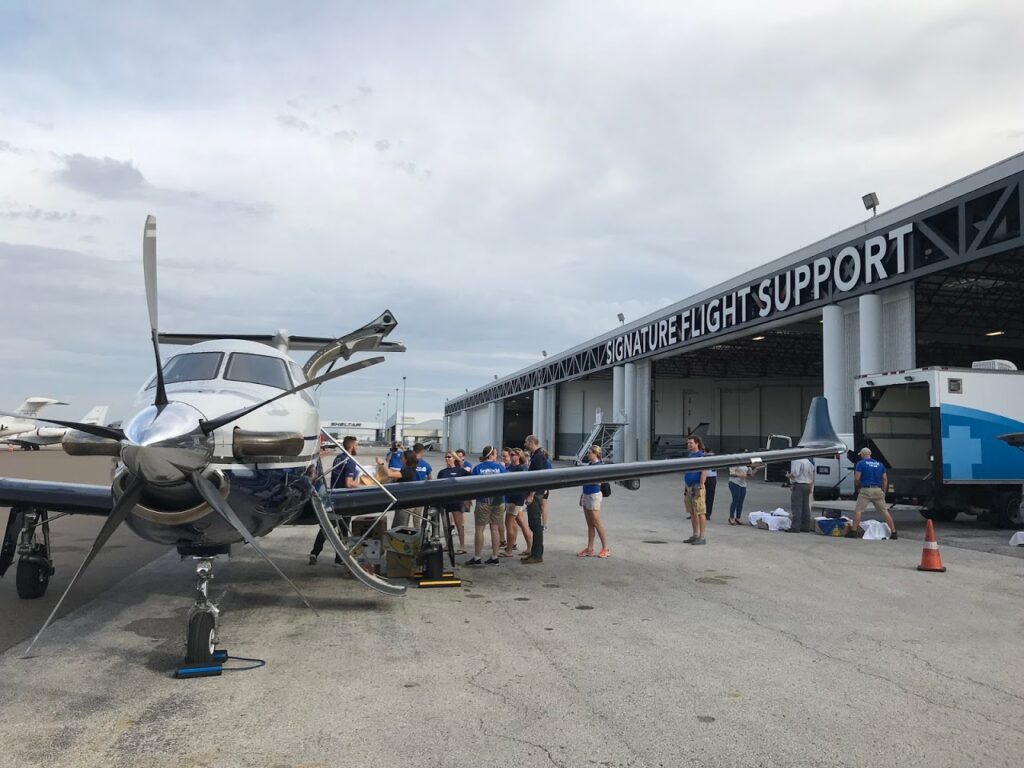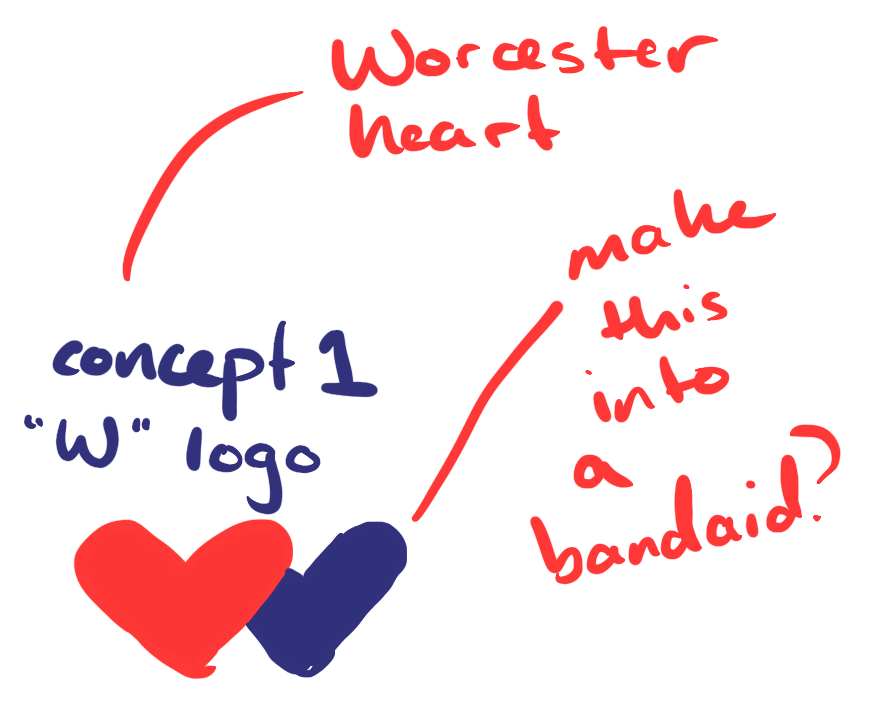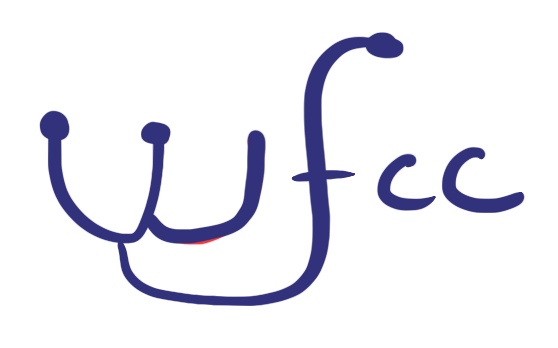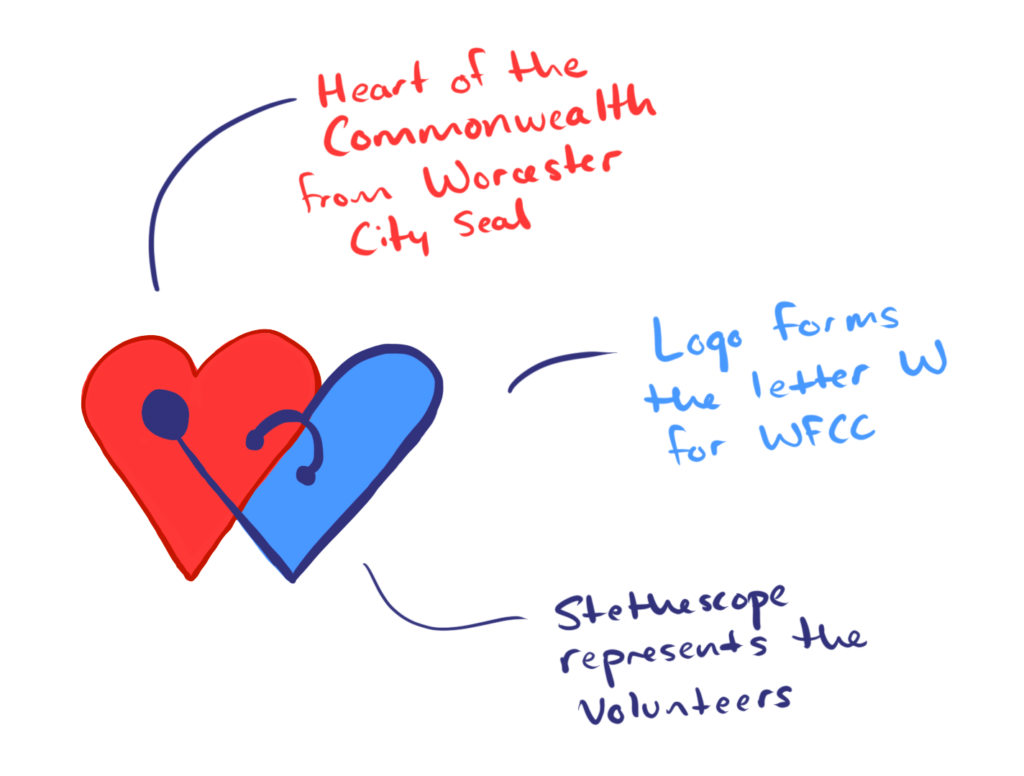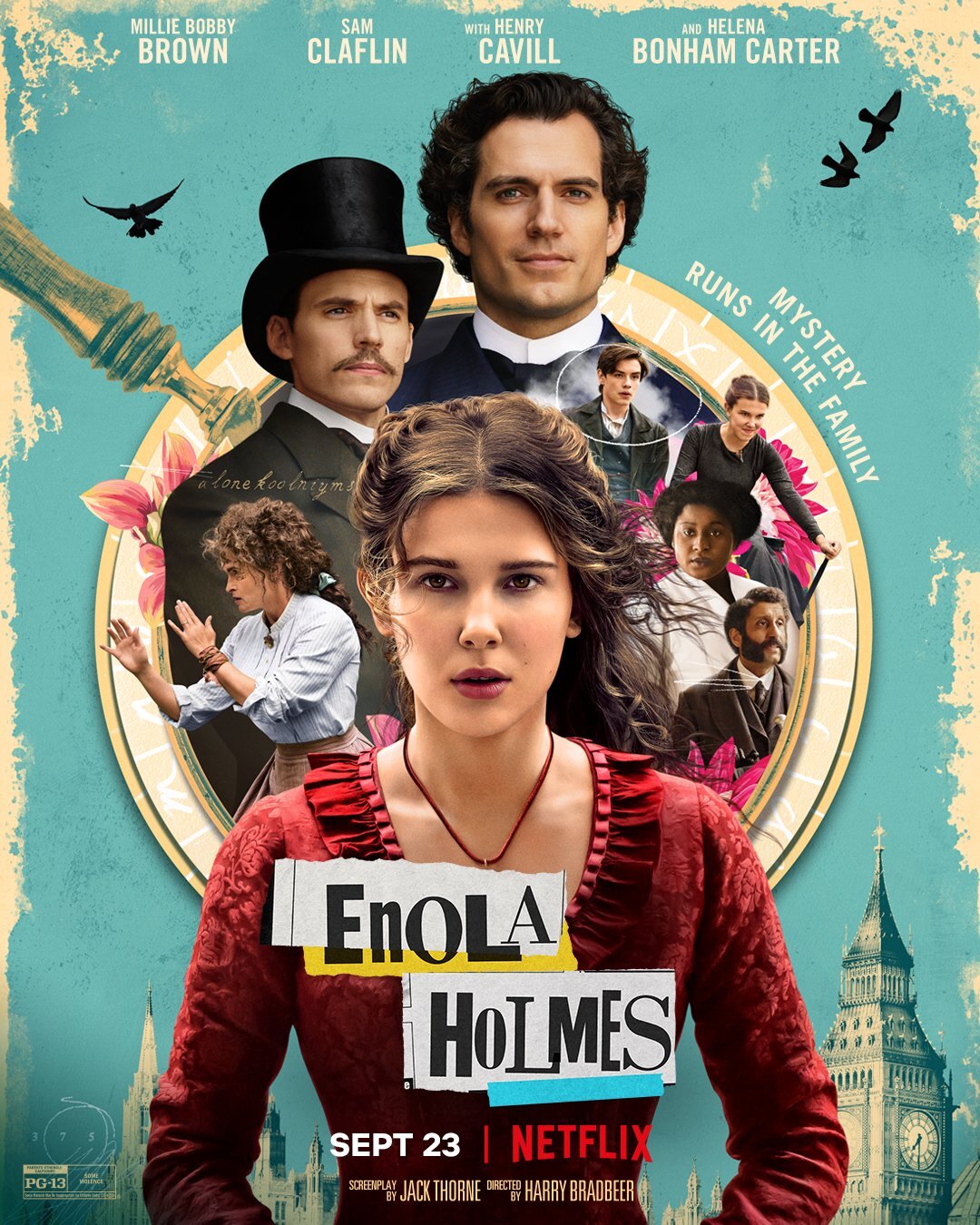Popular media, in whatever form it takes, is an incredible resource to analyze the aspirations and goals of a society. It serves as a mirror for its intended audience to look into and can offer a glimpse through a window into another world for those whom it’s not directly aimed at.
When I was 15, I got my first job, as a dishwasher at a pizza restaurant, and on breaks, all my conversations with co-workers eventually turned to the topic of money. We would fantasize about what we would do if we suddenly had it: vacations, cars. In high school, we’d hear rumors that so-and-so was rich, because their parents had a second house or a boat. We all thought that money was the important thing: If you had it, you were “rich” — which for us was indistinguishable from “elite.” If you didn’t, you weren’t.
This was true, to an extent. But it wasn’t the whole story. How did I learn it wasn’t? From television.
Rob Henderson
For Rob Henderson, this reflection was done through television. He spent his early life shuffling between foster homes, eventually joined the military, went to Yale, and is now a doctoral student at Cambridge University. He was able to directly experience the vast differences between social classes in the United States and beyond. This perspective is invaluable.
Like many people, he initially thought that social class was dependent on money. But, “‘The Fresh Prince of Bel-Air’ taught me that it wasn’t,” he posits. This insight into the differences between monetary wealth and “cultural capital,” as Elizabeth Currid-Halkett discusses, shows that each broadly defined social class has its own set of values that are often reflected in the popular media. The fictional stories that Henderson refers to are perhaps less fictional than they might at first seem.
Early on, I thought of television as a window into another world. I would watch it to escape the one I was in, and to learn more about others. Later, though, it became more like a mirror. The more I saw, the more I learned what I wanted; the shows I chose to watch, in turn, reflected my desire to build a better life for myself, and I took my cues from them on how to construct it. Either stay like this, I thought, as I gazed at the TV, or try to live like that.
Rob Henderson
In fact, both Henderson and Currid-Halkett have discussed similar themes in the past.
Strangely enough, as we ascend that ladder, we encounter a fork—it seems that the “elite” definition becomes bifurcated by wealth and education. Currid-Halkett attributes this to the idea of “cultural capital,” which is a separate form of wealth than monetary capital. This is where education plays a significant role.
Paul Fussell argues that the criteria we use to define the tiers of the social hierarchy are in fact indicative of our social class. For people near the bottom, social class is defined by money — in this regard, I was right in line with my peers when I was growing up. The middle class, though, doesn’t just value money; equally important is education.
Rob Henderson
And therein lies society’s strange curve. It seems that for the lower class, i.e. those in the lowest two quintiles of household income, income is the important factor. Increasingly, the middle class is less distinguished by income as it is by education. To enter, a college education—and the ideals that it instills on its students—is a prerequisite. Currid-Halkett provides an example of the English professor, who may not make as much as a self-employed plumber, but would certainly be considered to be of a higher social status. For the upper class, however, an elite college education is necessary.
In College is the New Entry to the Middle Class, I described the dichotomy between the upper class, for example, doctors and lawyers, who still ultimately “trade their time for money” and the upper echelons of the 1%, who instead have money work for them, such as entrepreneurs and executives.

Ultimately, these definitions remain murky and nebulous. I don’t think that we will ever arrive at a particular definition that works across the board. However, I do think that these definitions hint at the evolving nature of the elite who are becoming increasingly obsessed with education and cultural capital. Over time, this obsession is trickling down into the upper and middle classes, resulting in even higher rates of social stratification, and allowing “the slow corruption of American meritocracy” to “[ossify] into a formidable caste system.”
Dossier
“Everything I Know About Elite America I Learned From ‘Fresh Prince’ and ‘West Wing,’” by Rob Henderson, October 10, 2020. https://www.nytimes.com/2020/10/10/opinion/sunday/television-culture.html
“The Meritocracy Trap,” by Daniel Markovitz, 2019.
“In the past, America was not as unequal as it has become,” October 24, 2019. https://www.economist.com/books-and-arts/2019/10/24/in-the-past-america-was-not-as-unequal-as-it-has-become

